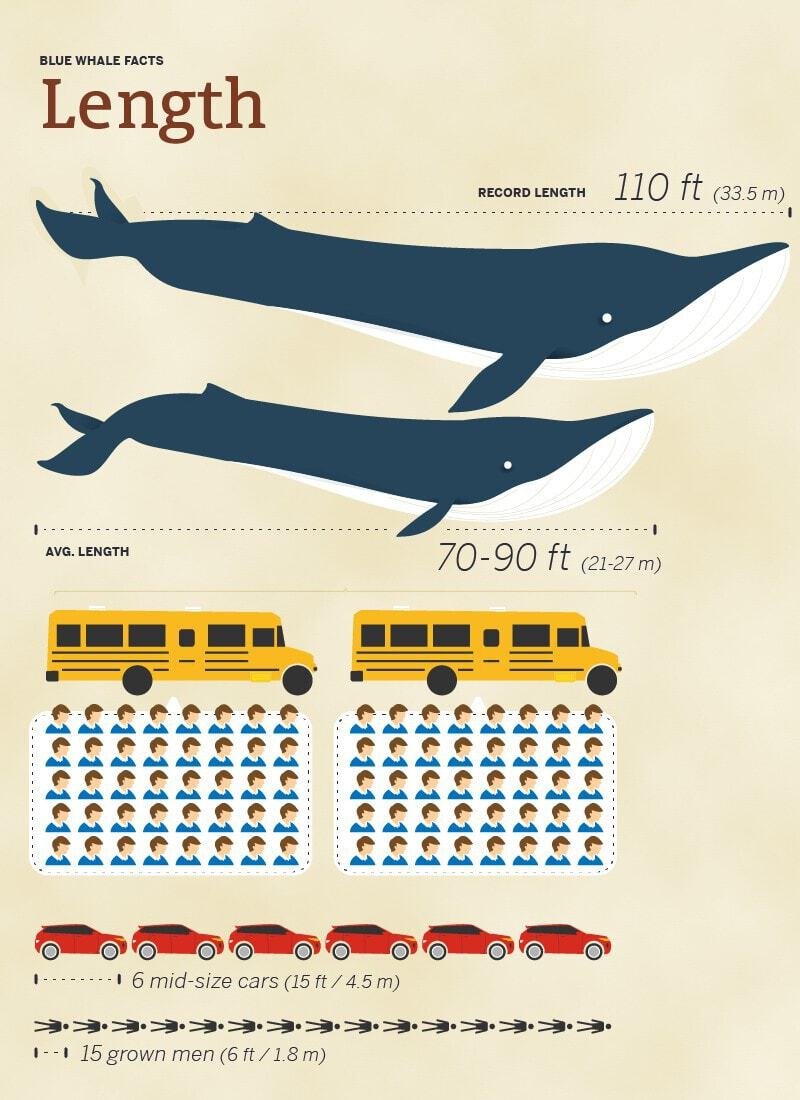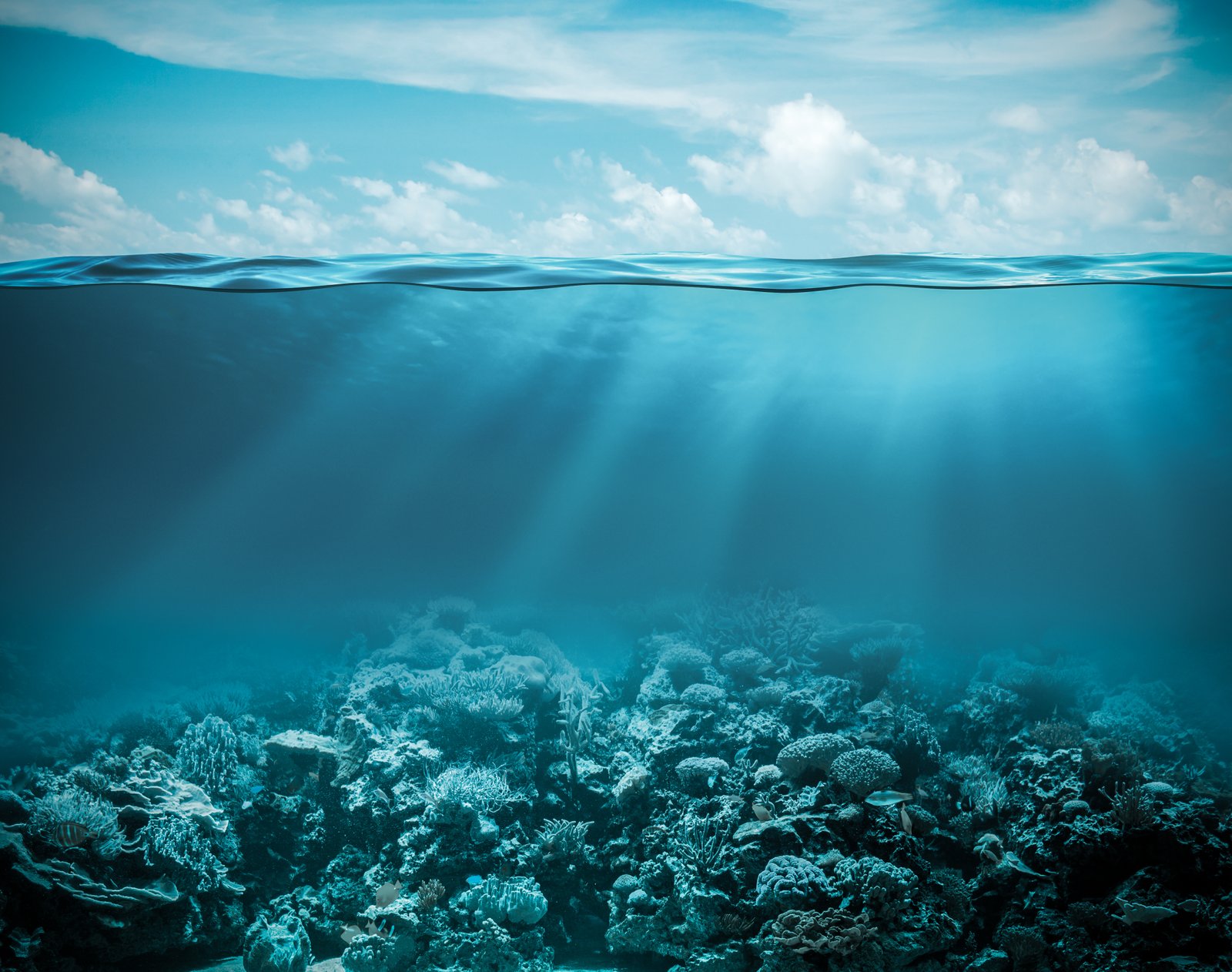Good morning you wonderful lot! Hope everyone is doing well. I’ve sadly been suffering a lot with my tooth the past few days, its actually got so bad that I’ve had to get an emergency appointment at the dentist as the location of where I’m getting the most pain is causing the right side of my face to swell (this has unfortunately happened before and turned out to be a huge abscess that needed to be treated right there and then) so by the time this post goes out, I will be on the way to my appointment, hopefully everything goes smoothly. Other than having to deal with a painful tooth, my family and I didn’t really do that much over the weekend, which was nice for my dad as over the past week he’s delivered over 1000 parcels, so having a couple days off (thank you bank holiday weekend) he managed to get a bit of rest before another busy week ahead, and so did me and my mum slightly as like I said in last weeks post we were either out everyday or busy and continued to be that way until this Monday just gone, so we didn’t have as much rest as we would have liked.
On with today’s post… Mother Ocean Day is celebrated on May 10th of every year. Mother Ocean Day spotlights the entire magnitude of the body of water, which makes our life possible on Earth. Mother Ocean Day serves as a celebration of our oceans, which generate most of the oxygen that we breathe, feed us and regulate the planet’s climate. The day also serves to promote the oceans’ contribution to life and the need to protect them from harmful pollution, over exploitation, destructive fishing, and climate change. Read on to find out some interesting facts/information that you may have never heard of before.

Three-quarters of the Earth is covered by the ocean. It is in the ocean that the first organic life started. Rain, oxygen, climate, food, salt, other minerals, etc.. are all examples of gifts that we regularly get from the ocean. In short, life on Earth would not be possible without the blessing of the ocean. The ocean can also show its violent nature when needed. The ocean is not purely there for us to swim in and enjoy. It is critical for the survival of our plant, and it has been taken for granted for too long now! There are five oceans that make up our planet – the Antarctic or the Southern Ocean, as well as the Arctic, Indian, Pacific, and Atlantic oceans. The ocean is also responsible for helping with the regulation of the Earth’s climate, with the vast coverage of the ocean able to transport heat from the equator to the South and North poles. This will regulate the weather patterns as well as the climate. However, regardless of whether it’s Mother Ocean Day or not, we should always respect the oceans and the beaches leading into them by never polluting them in any way, so future generations can enjoy them as much as we do today.

You probably know that the majority of our planet’s surface is covered by bodies of water. (Specifically: It’s a hair shy of 71%.) What you might not have heard, though, is that sea waves can move at hundreds of miles per hour. Or that the ocean’s depths are home to millions of tons of gold. Or that scientists have more detailed, more extensive maps of Mars than they do of our own oceans. Yes, as deep as our planet’s oceans are physically, they’re deeper still when it comes to mystery and fascination. The following little-known facts about the ocean are sure to blow you out of the water.
- Our oceans cover more than 70 per cent of the Earth’s surface.
- Thanks to the ocean, most of our planet is dark. Oceans have an average depth of 12,100 feet, and because light waves can only penetrate 330 feet of water, everything below that point is dark.
- According to the Ocean Service, man has explored less than five per cent of Earth’s oceans. As researchers strive to discover more, we’re continually getting to know our oceans better.
- The largest ocean on Earth is the Pacific Ocean, covering around 30% of the Earth’s surface.
- The sea can be described as the planet’s mega museum. There are more artefacts and remnants of history in the ocean than in all of the world’s museums combined!

- The sea is home to the world’s largest living structure – the Great Barrier Reef. Measuring around 2,600km, it can even be seen from the Moon!
- The loudest sound ever recorded was made by an iceberg. In 1997, the sound was recorded and named, “The Bloop.” It was said to be heard from more than 3,000 miles away.
- The ocean’s canyons make the Grand Canyon seem small. Not to take anything away from the gorgeous Grand Canyon on Earth, but the Zhemchug Canyon, located in the Bering Sea, has a vertical relief of 8,520 feet—almost 2,500 feet deeper than the Grand Canyon.
- Water at the bottom of the ocean is incredibly hot. In the deepest parts of the ocean, the water temperature may only be 2º to 4º Celsius, with the exception of water coming out of hydrothermal vents in the seafloor. The water released from these vents can be up to 400º Celsius (750º Fahrenheit).
- The ocean is home to nearly 95% of all life. With so much going on well below the surface, it’s easy to forget that the oceans are teeming with life. In fact, 94% of life is aquatic, according to the USA Science & Engineering Festival. That means those of us who live on land are part of a very, very small minority.

- The planet’s longest mountain range is underwater and is 10 times longer than the Andes. The longest mountain range above water is the Andes, which is about 4,300 miles long. The actual longest mountain range on Earth, however, is the underwater Mid-Oceanic Ridge, which snakes between all continents and clocks in at around 40,390 miles long.
- The Pacific Ocean is wider than the moon. At its widest point, from Indonesia all the way to Colombia, the Pacific Ocean is wider than the moon, by quite a lot. This expanse of ocean is 12,300 miles across, which is more than five times the diameter of the moon!
- One iceberg could supply a million people with drinking water for five years. A large iceberg from Antarctica contains more than 20 billion gallons of water, which could conceivably supply one million people with drinking water for five years.
- In the Mariana Trench (35,802 feet below the surface), which includes the deepest point on the planet, the water pressure is eight tons per square inch. If you made your way down there, it’d feel like you were holding up nearly 50 jumbo jets.
- In human history, one dozen people have set foot on the moon, but just three people have managed to make it to the Mariana Trench because of the extreme conditions there. One of those people? Director James Cameron, who wrote about the dive for the magazine National Geographic.

- Ice found in the ocean is safe enough to drink. You first must let the fresh ice sit to let the brine release. After that, the ice is safe to consume.
- The Atlantic Ocean is the second largest ocean, measuring in at about 106,460,000 square kilometers. This is about one-fifth of the Earth’s surface and one-half of the Pacific Ocean.
- The Arctic Ocean is the smallest ocean. These cool waters make up the Arctic Ocean, the smallest and shallowest ocean in the world. It is located at the North Pole and is covered in ice year-round – perhaps not the most ideal place for a swim.
- Above water, the longest mountain range is the Andes of South America, spanning 8,900 km. The mid-oceanic ridge, displayed in red in the picture above, easily tops this length, reaching nearly 65,000 km!
- The ocean is home to the world’s largest animal! What amazing animal could measure more than double the size of a school bus? A blue whale of course! Interestingly, the females of the species are larger than the males, growing up to a whopping 110 feet.

- There are three million shipwrecks in the ocean. From the Titanic to Christopher Columbus’s Santa Maria, the oceans are home to around three million shipwrecks, according to the United Nations Educational, Scientific and Cultural Organization.
- The world’s largest living structure isn’t an enormous copse of trees or even a massive fungus—it’s the Great Barrier Reef off the coast of Australia. The reef spreads out over an area of 133,000 square miles and is so huge it can actually be seen from outer space.
- When it comes to volcanic activity, the oceans have the most going on by a wide margin. In fact, 90% of all the volcanic activity on the planet happens in the ocean, and the largest known concentration of active volcanoes is in the South Pacific. It’s an area no bigger than the size of New York, but it contains a whopping 1,133 volcanoes.
- There’s an internet connection in the ocean. For the past few decades, according to Newsweek, submarine cables buried deep within the oceans have carried more than 99% of intercontinental data traffic—meaning that overseas communication is made possible by ocean-based cables.
- The ocean is like an entirely separate world. There are trenches, mountains, volcanos, and lakes and rivers. As seawater makes its way through layers of salt, it forms little depressions on the ocean floor. Because the water around these depressions contains more salt than normal seawater, it’s denser and sinks into the depressions, creating little briny pools. These are a lot like the lakes we know in that they have shorelines—and some of them even have waves.

- The Pacific Ocean’s name has a calming origin. It’s derived from Tepre pacificum, which is Latin for “peaceful sea.”
- The warmest ocean is the Indian Ocean. As a result, the water evaporates faster than other oceans and the warm temperature makes it tough for phytoplankton to survive.
- Most of Earth’s oxygen comes from the oceans. When it comes to ocean facts, most people don’t know about 70 percent of our planet’s entire supply of oxygen is a waste product created by marine-dwelling plankton. These minuscule creatures take in carbon dioxide and produce oxygen during photosynthesis, and this oxygen plays a vital role in the life of every oxygen-breathing creature on the planet.
- With 25,000 islands lying within it, the Pacific Ocean has more islands than anywhere else on the planet.
- The “deep blue sea”—and our “blue planet” along with it!—owe their iconic color to the light of the sun. When the sun shines on the ocean, the water absorbs the longer red and orange wavelengths of light while reflecting blue light back.

- The speed of sound in water is 1,435 m/sec – nearly five times faster than the speed of sound in air.
- There are at least 236,878 marine species but there are most likely at least 750,000 marine species (50% of 1.5 million species) and possibly as many as 25 million marine species (50% of 50 million species).
- Evidence shows that life probably began in the ocean at least 3.5 billion years ago.
- The sea level has risen with an average of 10-25 cm over the past 100 years and scientists expect this rate to increase. Sea levels will continue rising even if the climate has stabilized, because the ocean reacts slowly to changes. 10,000 years ago the ocean level was about 110 m lower than it is now. If all the world’s ice melted, the oceans would rise 66 m.
- Swordfish and marlin are the fastest fish in the ocean reaching speeds up to 121 kph in quick bursts; bluefin tuna (Thunnus thynnus) may reach sustained speeds up to 90 kph.

- The Indian Ocean is the warmest ocean. While the warm temperature may be ideal for swimming, it also makes it difficult for phytoplankton to survive and causes the water to evaporate faster than other ocean bodies.
- The Southern Ocean was not declared an ocean until very recently. It wasn’t until the year 2000 that this region of water around Antarctica was declared an ocean. While it was recognized by scientists, there was never agreement internationally. Now, most countries recognize the Southern Ocean.
- Not only is this ocean the most recently recognized, but it is also the most recently formed, taking its current form about thirty million years ago when Antarctica and South America drifted apart.
- The Atlantic Ocean is the first ocean to be crossed by both a ship and an aircraft.The first ship crossed the Atlantic back in the 1850s. Almost a century later, in 1927, Charles Lindberg flew across the Atlantic. One year later, Amelia Earhart was the first female to fly solo across the Atlantic.
- The Titanic sank in the Atlantic Ocean. Perhaps the most famous ship in the world, the Titanic was making its way from England to America when it hit an iceberg and sank in the deep waters of the Atlantic Ocean, causing the death of over 1500 passengers.

- Ocean sea water is constantly in motion. The motions result from waves, wind, tides, currents, the Coriolis effect, water density differences, and the shape of the ocean basins. Some ocean currents flow at the surface level, while others flow deep within the water. Also, water moves around the globe in sweeping currents. Waves and tides rising and falling transfer energy across ocean basins daily.
- The biggest ocean waves exist inside the ocean and aren’t visible on the shores. These waves are internal waves. These waves are so big that they can move up and down over 200 meters below the surface. They also travel 1000s miles across ocean basins.
- Coral produces its own sunscreen. Too much exposure to sunlight can damage the algae that inhabit coral in shallow water. As a result, coral produces natural sun protection. It creates proteins that act as a kind of sunscreen to protect algae.
- Coral reefs help to purify ocean water. These beautiful ecosystems help to keep the ocean water clean by feeding on dirt and pollutants, which is why you’ll find them living in pristine waters.
- The world’s coral cover on tropical reefs has substantially declined over the last 40 years. Some causes of the decline of coral reefs include climate change, overfishing, pollution, declining water quality, and unsustainable coastal development. Consequently, this decline poses a threat to the habitats of indigenous islands since they feed on coral.

- The ocean has an average depth of 12,100 feet. Because light waves can only penetrate 330 feet of water, the remaining part of water does not have light penetration. This makes the bottom of the ocean dark.
- Small plant organisms that live near the surface and use sunlight to produce food are called phytoplankton. Almost all animals in the ocean depend directly or indirectly on these plants.
- There is gold in the oceans estimated at a staggering 20 million tonnes. The National Ocean Service has on record that there is about one gram of gold for every 100 million metric tons of ocean water in the Atlantic and North Pacific Oceans. However, the extraction of gold from water is more expensive than mining. Most of these ocean gold deposits exist a mile or two underwater, which makes extraction difficult.
- A large variety of animals like fish, worms, jellyfish, octopuses, squid, and crustaceans can emit their own light. This phenomenon is called bioluminescence. Bioluminescence is an ecological trait expected of all animals living in water because of its immense importance. These sea creatures use this light to hunt, ward off predators, or attract mates.
- The words “ocean” and “sea” are often used to mean the same thing. A sea, however, is a small area of an ocean, usually with land on several sides. The Mediterranean, nestled between Africa and Europe, the Baltic in northern and central Europe, and the Caribbean between North, Central, and South America are all seas.

Conclusion:
Oceans are home to many wonders, and many people love being by seawater. The sea simply being an ocean area with land covering several sides. Oceans house different species of sea creatures. We also know considerable undiscovered treasures lie on the seafloor. Despite how much we know and enjoy the ocean, humans have explored only 5% of it. It’s certainly interesting to uncover what lies beneath the water’s surface. Whether you’re an aspiring marine biologist or just a curious mind, you’ll appreciate these ocean facts, all of which point to the need to protect the world’s oceans.
Thank you for visiting my blog and reading today’s post! I hope you found some of the facts about the ocean as interesting as I did. Have a lovely week and I shall see you next Wednesday.



